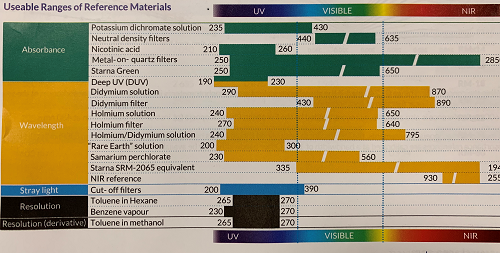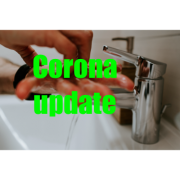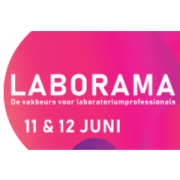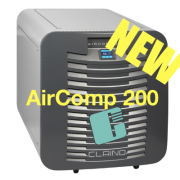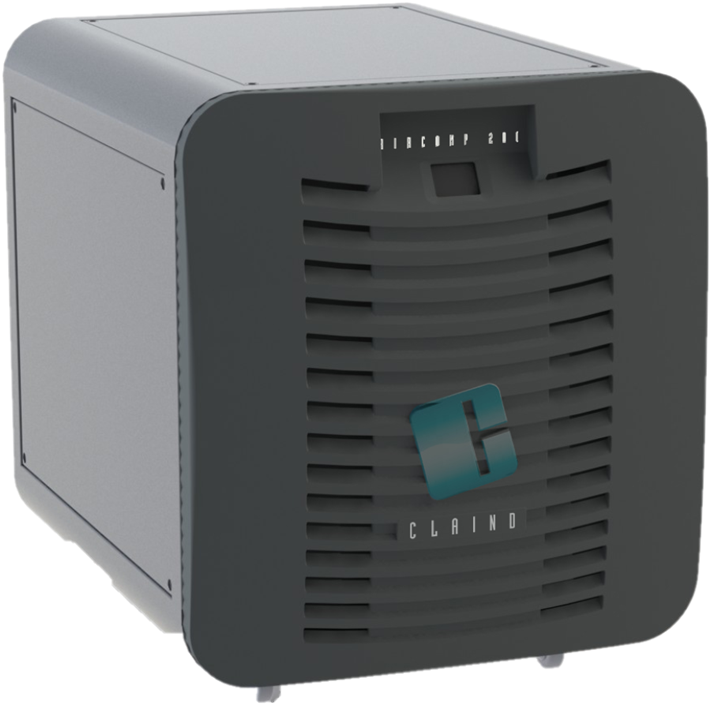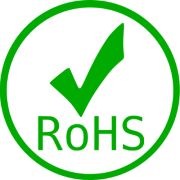Maintenance ICP-MS Cones
Maintenance of ICP-MS cones
use your Cones longer, practical tips and background information
Introduction
Troubleshooting and maintaining your ICP-MS sample introduction system can be a daunting task. However, not following proper maintenance
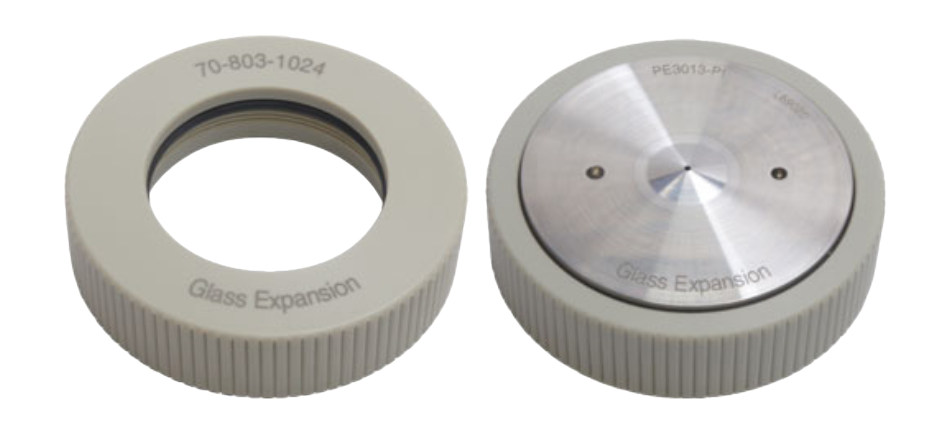
on a regularly scheduled basis can be costly. This is especially true particular for ICP-MS laboratories that handle a large number of samples. In this article, we highlight why, when and how to maintain your ICP-MS interface Cones, as well as the importance of conditioning the Cone. Also discussed are the advantages of platinum (Pt) coated Cones. It should be noted that these are recommended maintenance guidelines, many of which are borrowed from the ICP-MS manufacturers. Always consult the recommended maintenance guidelines from the manufacturer of your instrument
Most Common Problems
The most common type of problems with ICP-MS Cones are related to clogging of the Orifice or due to corrosion. The interface cones are also very fragile, especially the tip. Damage to the tip changes the diameter of the Orifice and the performance of the Cone. Using Cones that are in poor condition for your ICP-MS can lead to increased background signal, Memory effects, loss of sensitivity and poor precision. All of this can lead to interrupted analyses and having to re-run sample sequences, resulting in lost time and reduced profits.
When to clean?
Frequency
The frequency with which they need to be cleaned is highly dependent on the
application and the load on the instrument. Excessive cleaning can lead to a shorter life, so unnecessary cleaning should be avoided. If the samples are clean and the usage is low, the Cones may only need to be cleaned monthly. But if, for example, the instrument is in continuous use, and/or the samples contain high levels of dissolved solids or are highly corrosive, then the Cones will need to be cleaned daily.
Sample types
If your laboratory analyzes different types of samples, it may be necessary to clean the Cones in between. For example, one sample matrix contains a high concentration of an element to be analyzed and another matrix is that same element at trace level. To avoid cross-contamination, clean the Cones in between.
Visible Deposits
If there are visible deposits near the opening or if the opening is blocked or distorted. As mentioned above, a deterioration in the performance of the ICP-MS may also indicate that the Cones may need to be cleaned. In particular, watch for increased background signal, Memory effects, loss of sensitivity, or distorted peak shapes.
Change in Vacuum Measurement
A change in the vacuum measurement of the instrument may also indicate problems with the Cones. If the orifice is blocked, the vacuum will increase (pressure drop). A deterioration in the measurement results will be noticeable before this point. If the vacuum decreases (and the pressure increases), this may indicate that the orifice has worn out and become larger. If this occurs, the Cone should be replaced. Since the Sampler Cone is more exposed to the plasma, it will usually need to be cleaned more often than the Skimmer Cone. If instrument performance does not improve after cleaning, the Cones may need to be replaced or refurbished (Pt tipped).
Mode of cleaning
The method of cleaning also depends on the application. If the samples are relatively clean, gentle cleaning is sufficient. In some cases, routine cleaning with a cotton swab and DI water is appropriate. But if the samples contain high levels of dissolved solids or are highly corrosive, a more aggressive cleaning procedure is required. A diluted Citranox solution is a gentle and effective cleaning agent and we recommend trying this first. If Citranox is not effective, it may be necessary to use a more aggressive cleaning agent such as nitric acid.
However, we recommend using nitric acid only when necessary. Nitric acid is more corrosive than Citranox and prolonged use will shorten the life of the Cones. Even Citranox will corrode the copper Cones, so they should not be exposed to high concentrations of Citranox or prolonged exposure to it.
Thread Protection
When cleaning threaded Cones, it is important that the threads do not come into contact with a corrosive solution. If the threads become corroded, the Cone may not seal properly or may adhere to the base and be difficult to remove. And with Pt-tipped cones, there is a good chance that the threads for the Pt insert will wear out. It is also important to keep the threads in good condition to prevent the possibility of thread deformation and possible damage to the instrument body. Glass Expansion has developed the ConeGuard Thread Protector to seal the threads and protect them from corrosion during the cleaning process. The ConeGuard is simply screwed onto the threaded portion of the Cone and O-ring seals prevent the solution from coming into contact with the thread.
Pre-soaking
Pre-soaking the Cones in a cleaning agent such as Fluka RBS-25 before cleaning with Citranox or nitric acid helps in the cleaning process. Citranox is produced by Alconox Inc. (www.alconox.com) and Fluka RBS-25 by Sigma-Aldrich. Fluka is available through us (P/N FLUKA25). Always use safety glasses and gloves. Be careful when handling the Cones; the tip is very easy to damage. Hold the Cone by the edge and use only light pressure with your hand when cleaning the tip. Never use tools to clean Cones. The cleaning process does not necessarily reproduce the original, newly polished appearance. Sample deposits should be removed, but it is usually not a problem if the Cone is discolored. This may even result in a more stable signal (see Cone Conditioning).
Cleaning Methods
There are three common methods of cleaning Cones. The recommended Citranox and nitric acid concentrations, and cleaning times, should be used as guidelines only. Given the wide range of ICP-MS applications and samples, you may need to experiment a bit to find the best cleaning procedure for your application. We recommend that you do not use more nitric acid than necessary, as it will corrode the Cone. If nitric acid is used excessively, the size of the Cone opening may be increased. If this happens, or if the tip is damaged or deformed, then the Cone should be replaced.
The following cleaning methods are listed, from the simplest and gentlest, Method A, to the most thorough and aggressive, Method C.
Method A: Soak in Citranox daily or weekly, depending on the application.
1.Soak the Cones overnight in a 25% solution (4x dilution) of Fluka RBS-25. 2. Rinse with deionized water. 3. Place the Cones in a 2% Citranox solution and soak for approximately 10 minutes. 4. Wipe with a soft cloth or with Kimwipe dipped in the Citranox solution. 5. Wash thoroughly with deionized water. 6. Place Cones in deionized water and soak for 2 minutes to remove any remaining Citranox. 7. Change the deionized water and repeat step 6 at least twice – the Cones should be washed at least three times, each time with fresh deionized water. 8. Rinse with deionized water and allow to dry or blow dry with clean argon or nitrogen. Make sure the Coness are completely dry. It may help to heat them in a laboratory oven at approximately 60 °C
Method B: Ultrasonic cleaning in Citranox, daily or weekly, depending on the application.
Soak Cones overnight in a 25% solution (4x dilution) of Fluka RBS-25. 2. Rinse with deionized water. 3. Be very careful to avoid damaging the tip of the Cone. The Cone should not be placed in the ultrasonic bath without being supported or enclosed. One way to avoid damage is to place the Cone in a sealable plastic bag half filled with a 2% Citranox solution and float the bag in the ultrasonic bath. Make sure the bag floats so that the Cone does not rest on the bottom or touch the walls of the bath. This also minimizes the volume of Citranox used because the bath can be filled with water. 4. Place in ultrasonic bath for 5 minutes. 5. Wipe with a soft cloth or Kimwipe dipped in the Citranox solution. 6. Wash thoroughly with deionized water. 7. Replace the Citranox with deionized water and sonicate for 2 minutes to remove any remaining Citranox. 8. Replace the deionized water and repeat step 6 at least twice – the Cones should be washed at least three times in the ultrasonic bath, using fresh deionized water each time. 9. Rinse with deionized water and allow to dry or blow dry with clean argon or nitrogen. Make sure the Cones are completely dry. It may help to heat them in a laboratory oven at about 60 °C.
Method C: Ultrasonic cleaning in Nitric Acid, weekly or monthly, depending on the application.
Soak the Cone overnight in a 25% solution (4x dilution) of Fluka RBS-25. 2. Rinse with deionized water. 3. Be very careful to avoid damaging the tip of the Cone. The Cone should not be placed in the ultrasonic bath without being supported or enclosed. One way to avoid damage is to place the Cone in a sealable plastic bag half filled with 5% nitric acid and float the bag in the ultrasonic bath. Make sure the bag floats so that the Cone does not rest on the bottom or touch the walls of the bath. This also minimizes the volume of nitric acid used since the bath can be filled with water. 4. Place in ultrasonic bath for 5 minutes. 5. Wipe with a soft cloth. 6. Wash thoroughly with deionized water. 7. Replace the nitric acid with deionized water and sonicate for 2 minutes to remove any residual nitric acid. 8. Replace the deionized water and repeat step 6 at least twice (the Cones should be washed at least three times in the ultrasonic bath), using fresh deionized water each time. 9. Rinse with deionized water and allow to dry or blow dry with clean argon or nitrogen. Make sure the Cones are completely dry. It may help to heat them in a laboratory oven at about 60 °C. After cleaning your Sampler and Skimmer Cone, it is also important to check the condition of the Cone’s consumables. Many Sampler and Skimmer Cones rely on a gasket or O-ring for a good seal. Installing a new or recently cleaned Cone with a worn gasket or O-ring can prevent proper vacuum and result in rapid overheating of the Cone. Some Cones require additional screws for installation within the interface. Heavily corroded screws can lead to the same problems and in some cases result in an increased iron background, as many of the screws are made of steel. You don’t want to ruin a Cone for an O-ring or gasket. Therefore, we recommend replacing the Sampler’s gasket every time you replace the Sampler Cone to ensure a good seal. Check the condition of the O-rings regularly and replace them if they show signs of cracking.
Cone Conditioning
To ensure the lowest background levels of copper and nickel, conditioning of Cones before use is recommended. A conditioned Cone with a uniform coating will also result in better long-term stability. Brand new Cones and Cones that have been cleaned should be conditioned before use. To condition your Cones, prepare the following conditioning solutions:
- 1.0% nitric acid solution
- 50 ppm calcium in 1.0% nitric acid.
Install the new Cones or recently cleaned Cones in the instrument. Turn on the plasma and set robust plasma conditions:
- Aspirate the 50 ppm calcium solution for 10 minutes
- Switch to the 1.0% nitric acid solution and aspirate for another 10 minutes.
Another recommended procedure for conditioning the Cone is to aspirate your highest matrix sample for at least 30 minutes, followed by 10 minutes of aspirating your blank or rinsing the solution. This method is useful if your laboratory analyzes a common matrix every day.
Platinum Tipped Cones
When treating a high TDS matrix analyzed by ICP-MS, Pt-Cones are often preferred in place of Ni. The Pt insert becomes warmer than Ni, which slows the buildup of salts at the aperture. This allows the ICP-MS analyst to work longer before maintenance on the Cones is required. Pt tipped Cones are also recommended for the analysis of sample matrices containing aggressive acids such as hydrofluoric acid (HF), sulfuric acid (H2SO4 ) and phosphoric acid (H3PO4 ). For the lowest detection limits, Pt-tipped Cones are often used in the semiconductor industry. For more aggressive samples, for example a combination of high TDS and high acid concentration, a Sampler Cone with a larger diameter Pt insert can be used. For some ICP-MS models, a Sampler is available with a 10, 15 or 18 mm Pt insert. The larger insert provides a much longer life due to the larger surface area. A Glass Expansion customer found that the 15 mm and 18 mm inserts lasted 18-24 months compared to 6-8 months with the 10 mm inserts, or as long as the Orifice was good.
Options for Agilent ICP-MS instruments For Agilent ICP-MS instruments, a variety of different Cones and Skimmer Insert combinations are available from manufacturer Glass Expansion so that the best option can be chosen for your laboratory. As an example, Glass Expansion’s Sampler and Skimmer Insert options for the Agilent 7900 ICP-MS are listed in Table 1 and Table 2, respectively. It is recommended that Pt Skimmer Cones be used with a brass Skimmer base and Ni Skimmer Cones be used with a stainless steel Skimmer base. Choosing the correct Skimmer base helps prevent overheating and extends the life of the Skimmer Cone.
| Description | P/N | OEM P/N | Recommendation |
|---|---|---|---|
| Nickel sampler cone | AT7701-Ni | G3280-67040 | Standard with x-lens, suitable for most applications |
| Nickel plated Nickel sampler cone | AT7701-Ni/Ni | G3280-67061 | For samples with > 0.5% HCl or for routine operation with UHMI |
| Aluminum sampler cone | AT7701-Al | For lowest nickel background and laser ablation applications | |
| Platinum sampler cone | AT7706-Pt | G3280-67036 | Standard with s-lens, for lowest detection limits and for higher matrix samples with x-lens |
| Platinum sampler cone (18 mm insert) | AT7706A-Pt | G3280-67056 | For use with high viscosity, high boiling point acids |
| Platinum sampler cone Boron Free | AT7706-Pt-BF | For lowest boron background | |
| Nickel plated Platinum sample cone | AT7706-Pt/NiP | Increased durability for samples with > 0.5% HCl | |
| Platinum sampler cone with Nickel base | AT7706-Pt/Ni | Used when cone deposition is rapid due to high TDS | |
| Platinum sampler cone (15 mm insert) with Nickel base | AT7706B-Pt/Ni | For use when cone deposition is rapid due to high TDS and increased durability requied |
| Description | P/N | OEM P/N | Recommendation |
|---|---|---|---|
| Nickel skimmer cone for x-lens | AT7902X-Ni | G8400-67200 | Standard with x-lens, suitable for most applications |
| Aluminum skimmer cone for x-lens | AT7902X-Al | For lowest nickel background and laser ablation applications | |
| Platinum skimmer cone Copper base for x-lens | AT7908X-Pt | G8400-67201 | Lowest detection limits and high matrix samples |
| Platinum skimmer cone Nickel base for x-lens | AT7908X-Pt/Ni | G8400-67202 | Organic analysis with x-lens |
| Nickel skimmer cone for s-lens | AT7702S-Ni | G3280-67066 | Economical option for the s-lens |
| Copper skimmer cone for s-lens | AT7702S-Cu | G3280-67067 | Economical option for the s-lens |
| Platinum skimmer cone Copper base for s-lens | AT7708S-Pt | G3280-67064 | Standard with s-lens, aggressive acids and lowest detection limits |
| Platinum skimmer cone Nickel base for s-lens | AT7708S-Pt/Ni | G3280-67065 | Organic analysis with s-lens |
| ICP-MS Manufacturer | Ni | Al | Pt | Pt -Boron Free | Cu |
|---|---|---|---|---|---|
| Agilent | X | X | X | X | X |
| Fluidigm (TOF-ICP-MS) | X | ||||
| Nu Instruments | X | X | |||
| PerkinElmer | X | X | X | X | |
| Shimadzu | X | X | X | ||
| Thermo | X | X | X | X |
Texst: Ryan Brennan en Justin Masone van Glass Expansion, USA



 the lab. The technical team at Inorganic Ventures does nothing but custom produce analytical standards.
the lab. The technical team at Inorganic Ventures does nothing but custom produce analytical standards.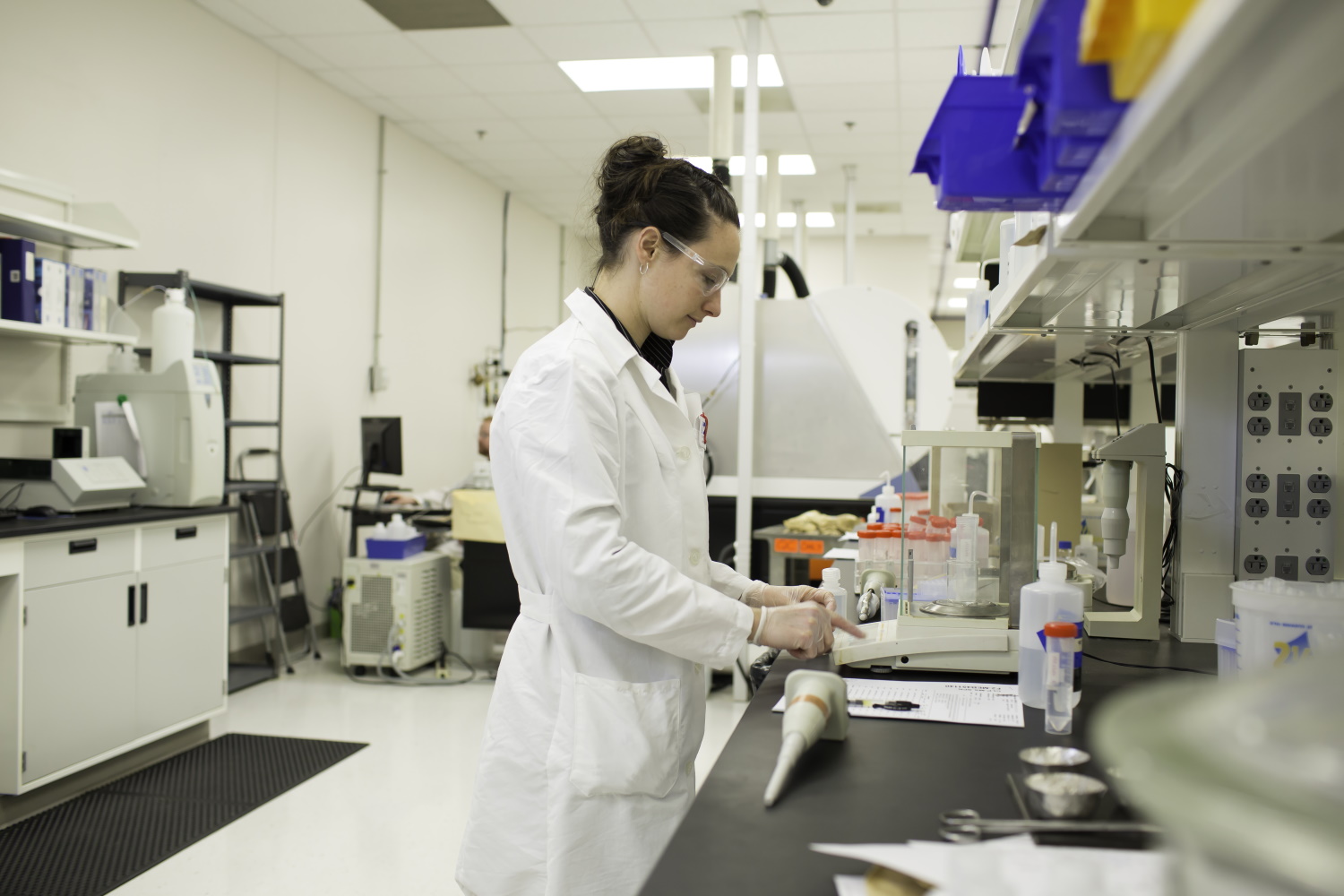 components (starting materials, weigh boats, pipettes, bottles, etc.) and properly leach them all to obtain the cleanest possible analytical standard. In doing so, they have access to a dedicated clean room with a HEPA filtration system and ultra-pure acids for production. This ensures that no environmental contaminants are introduced at any point.
components (starting materials, weigh boats, pipettes, bottles, etc.) and properly leach them all to obtain the cleanest possible analytical standard. In doing so, they have access to a dedicated clean room with a HEPA filtration system and ultra-pure acids for production. This ensures that no environmental contaminants are introduced at any point.
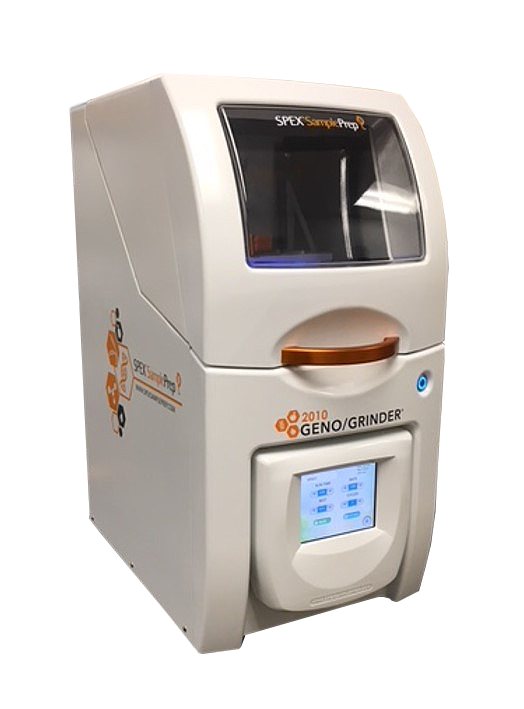
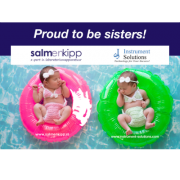
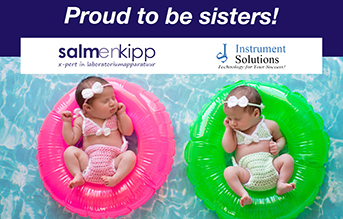
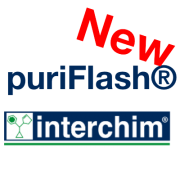
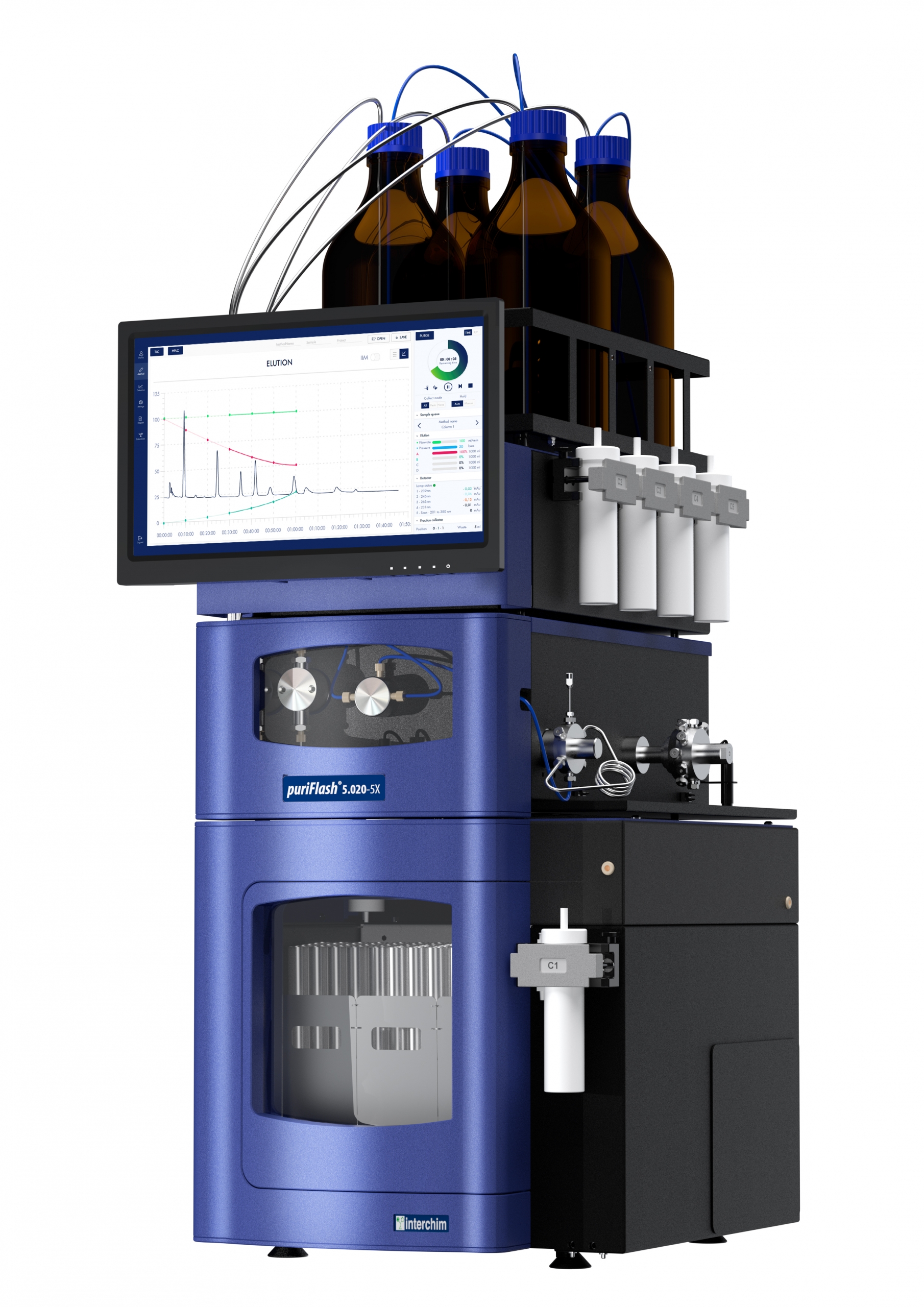
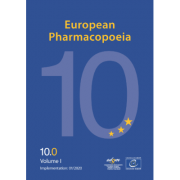
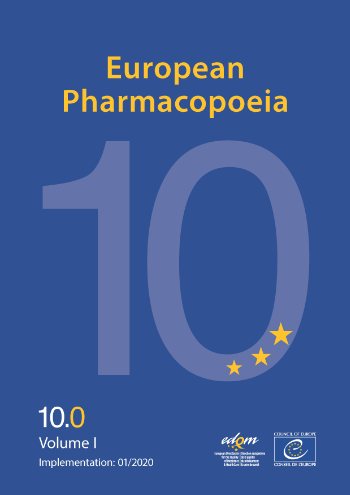
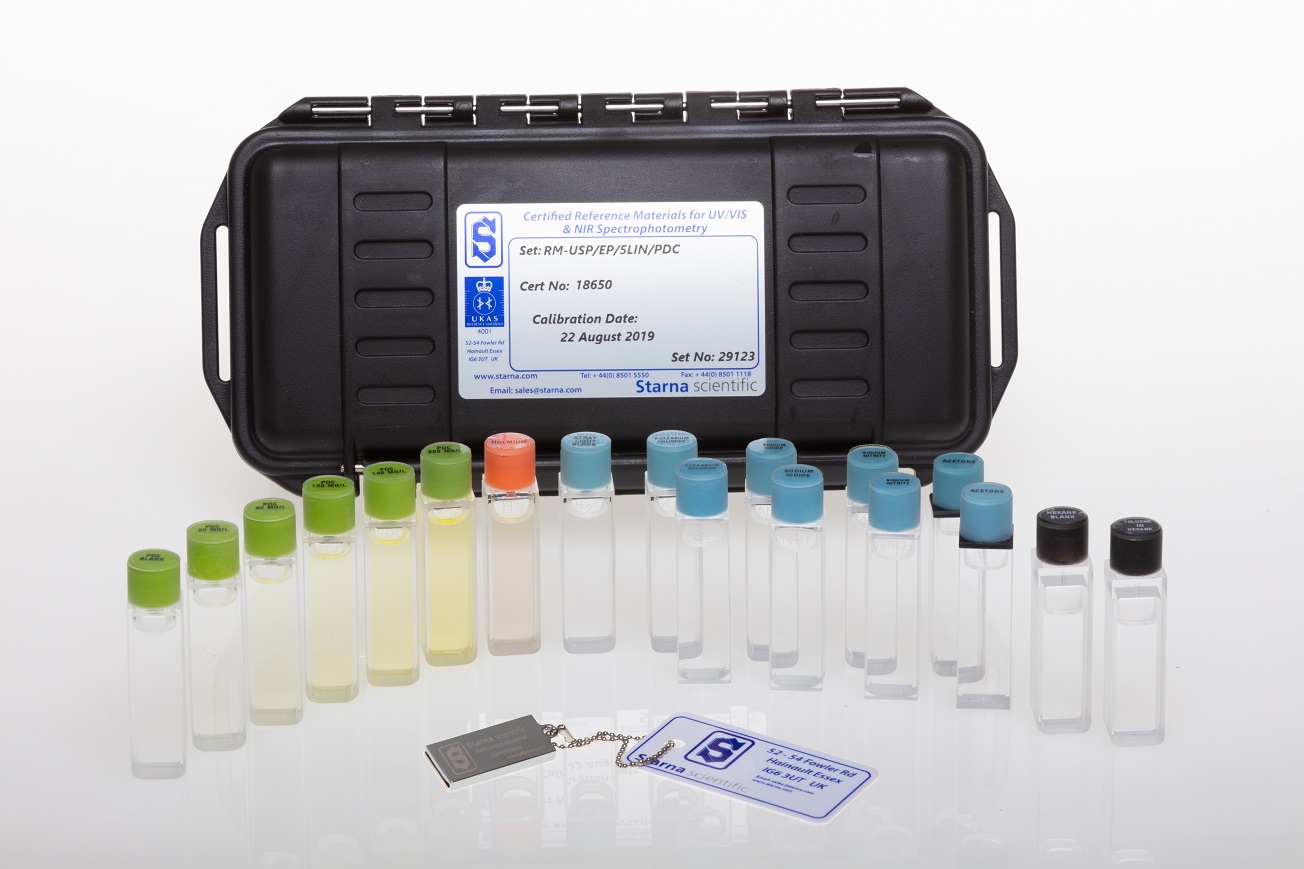 the new regulations the wavelength and absorbance values expected in the proposed analyses should be checked to see if they are encompassed by the available references. If not, additional references will be required. For example, holmium oxide solution is the most widely used wavelength reference, with 14 peaks covering wavelengths from 240 nm to 650 nm. Provided the wavelengths to be used for analysis lie within these limits, no additional wavelength references should be required. For wavelengths below 240 nm, however, both standards now recommend cerium oxide solution, covering 200 nm to 270 nm. For even lower wavelengths, a ‘Deep UV’ CRM is available from
the new regulations the wavelength and absorbance values expected in the proposed analyses should be checked to see if they are encompassed by the available references. If not, additional references will be required. For example, holmium oxide solution is the most widely used wavelength reference, with 14 peaks covering wavelengths from 240 nm to 650 nm. Provided the wavelengths to be used for analysis lie within these limits, no additional wavelength references should be required. For wavelengths below 240 nm, however, both standards now recommend cerium oxide solution, covering 200 nm to 270 nm. For even lower wavelengths, a ‘Deep UV’ CRM is available from 